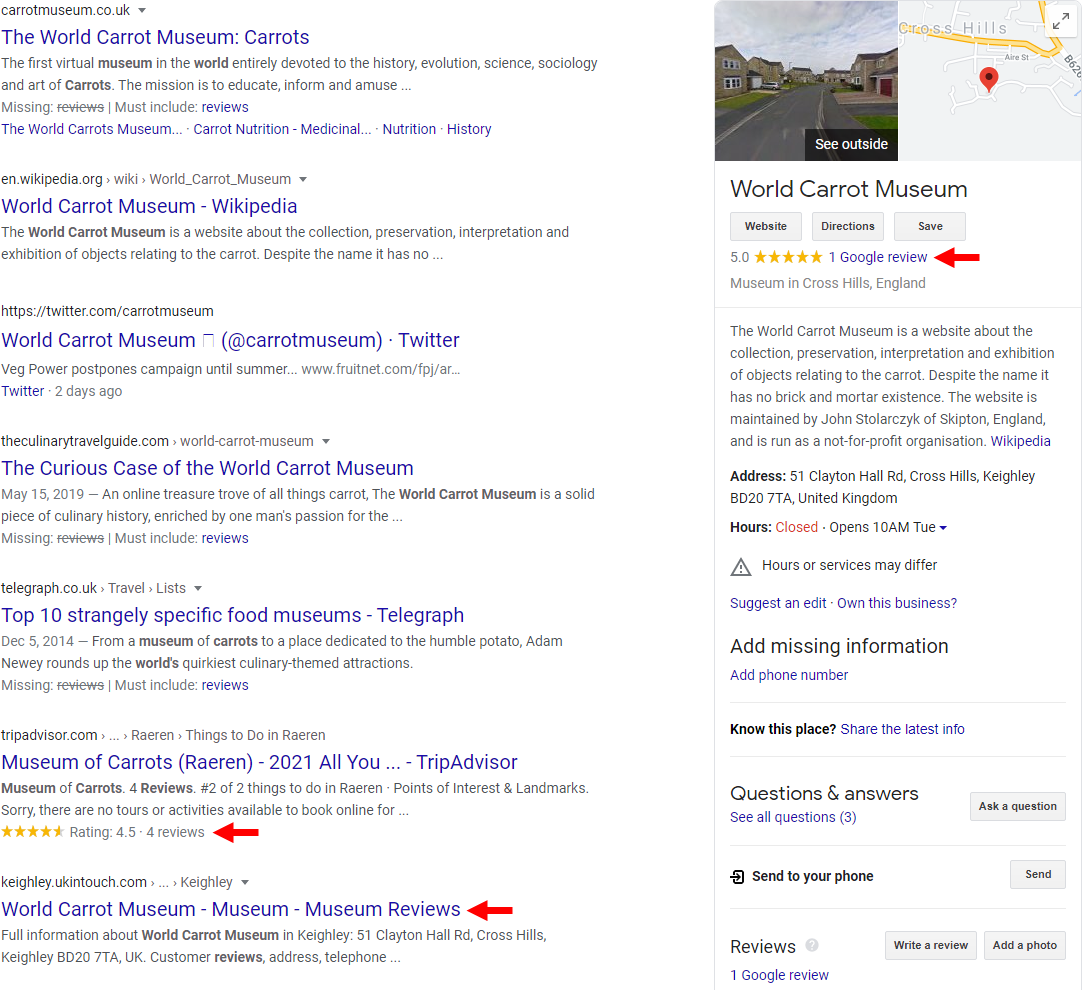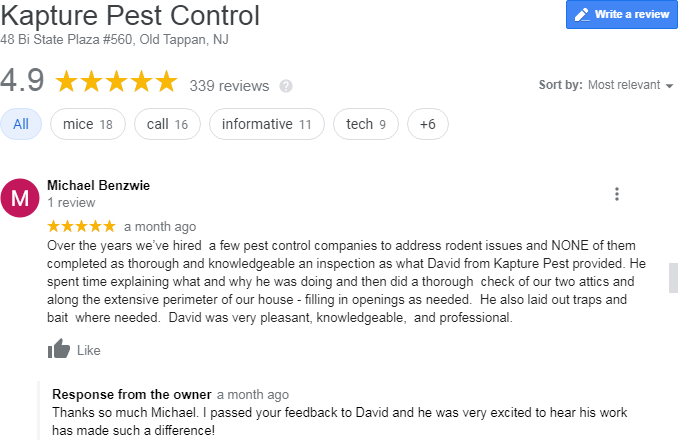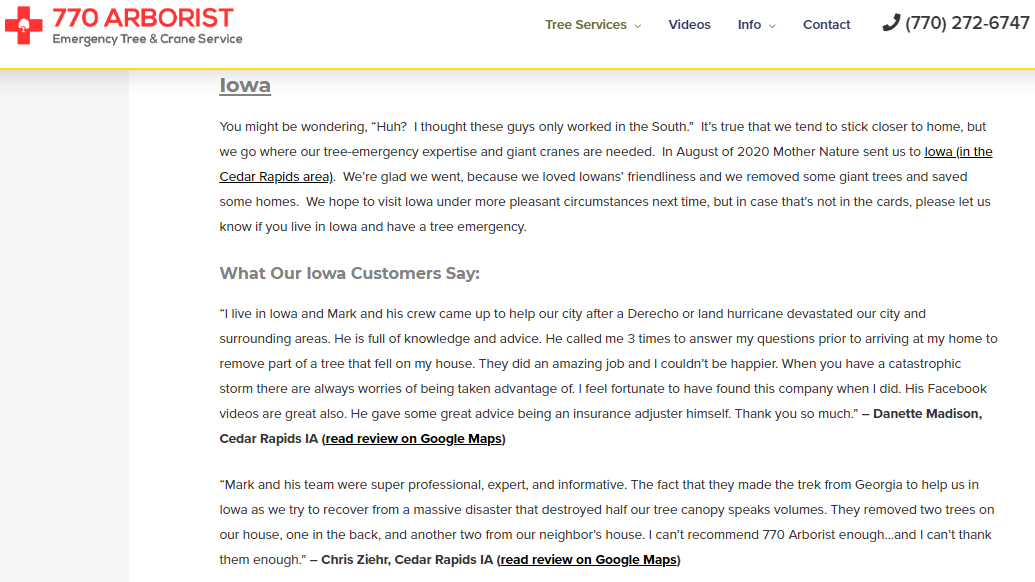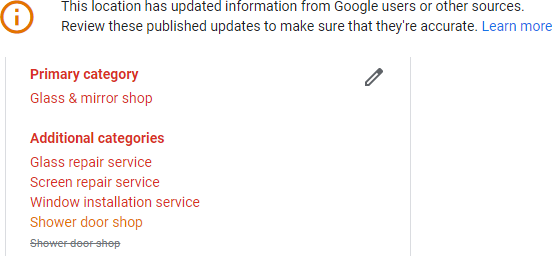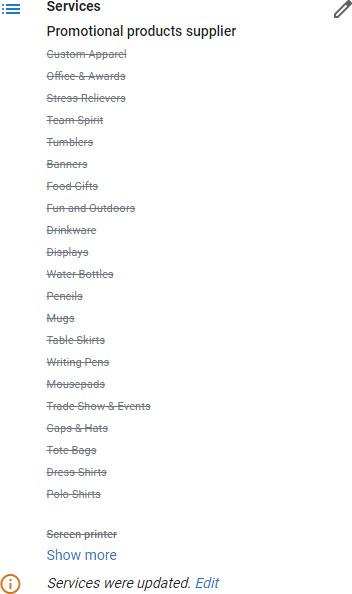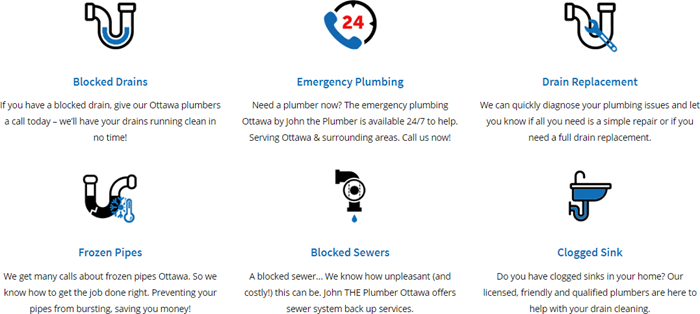
For most business owners and others who try it, blogging is a frustration factory. The way they go about it, it’s a time gobbler, a grind, and a disappointment until they give up – 47 blog posts and 0 new links, 0 visitors, and 0 customers later.
What’s wrong with the way small / local businesses blog?
I’ll be the last one to say blogging isn’t effective. It sure can be. This blog is a vital organ of my business, and that’s true of some of my clients’ businesses, too. But certain pieces need to slide into place first, preferably on the sooner side.
The big trouble is that blogging (as it’s commonly done) is at best a tough way to earn links, build an audience, and pick up local rankings for semi-competitive terms. As in it’s ineffective at all 3 most of the time. Why? One issue at a time:
Your post probably won’t get links because (paradoxically) your site probably doesn’t have much of a backlinks profile at the moment and won’t help you outrank posts on more-established sites, and because it’s unlikely you have an attentive following in your email newsletter or on social media. For any or all of those reasons, people won’t find your post, and so nobody will link to it.Even the few people who stumble across your post probably won’t find your other posts relevant, or find them at all. Even if they notice that you have other posts, they may not have an urge to read those posts now, and (usually) won’t have an occasion to return to your site. So you’re left with one visit per reader, rather than months or years of return visits per person.Even if a blog post ranks for a certain term you care about, it will be crowded out by and need to compete with competitors’ homepages, general directories, and industry and local directories. Those competing sites and pages tend to rank for a wider variety of search terms, whereas you’ll be lucky if your post ranks for a couple of terms you care about. You’ll find it hard or impossible to replicate a success, and you’ll find you need to work too hard for too little.
If it’s much tougher sledding than you expected, you won’t stick with it to the point of seeing any benefits.
You might have tried or considered a swing-for-the-fences approach, in which you write giant posts that involve a lot of research, design, and maybe outreach. That kind of approach has worked for some local business owners, and may work for you. But the odds are long. It’s not likely to work out the way you hoped, in which case it was just a big waste of time.
You’re in a bind. You want to or think you need to blog. You don’t want to skip trying to make it work only because it’s tough, but you also don’t want to go on a fool’s errand. So what in tarnation are you supposed to do?
In my experience, there are only two practical ways to give your blogging mission a high probability of success – by which I mean it helps your business become more visible to the local people you’re trying to reach:
(1) Maintain a long stream of quick blog posts on niche, specialized, almost obscure topics – like on the kinds of questions only a few of your customers/clients/patients ever ask you – and crank out a lot of those posts month after month. The idea is this: on any given day, maybe 10 people search for an answer to the geeky little question you write about. But your post is the only one around that meets that exact need, so by Gum that post will capture every last one of those 10 searchers.

(2) Or you can start with a “seed audience.” That’s my term for an early, small group of readers, all of whom are people you already know to one degree or another. Those people form a core or nucleus – a seed – of what will grow into a bigger audience over time.
If you want your blog posts or other “content” to help you get more local customers/clients/patients – directly or indirectly, sooner or later – a seed audience is what’s most likely to work. Let me explain more.
Who’s your seed audience, and what are you supposed to do for them?
Your very earliest readers will probably be a motley (Crüe) crew of people, all with different relationships to you. To some extent that’s out of necessity, because you don’t have many other would-be readers yet. But the mixed bag of people also happens to be useful in this case, because you’ll get a better sense of whom your audience can be or should be, and whom you should focus on. You want feedback from various people. Your seed audience should probably be some combination of these people:
Past customersCurrent customersLeadsPeople who refer customers to you, or vice versaPartnersEmployees / staffRecipients of pro bono workYes, maybe even friends and family – especially if anyone is involved in anyone else’s business or professionOther people you think may be interested
Either you keep a list of specific people to send your posts to individually, or you whip up an email newsletter (like with Mailchimp or Aweber – or consider Tidings) and invite them to join it, or do both. Preferably you do both.
In either case, your action item is the same: look for opportunities to direct those people to your blog posts – posts you’ve already written and posts you haven’t written yet – at a time they would find your information helpful and welcome.
If you don’t read any more of this post and don’t need more of my color commentary, just do that one thing and your blogging will be much more likely to bring you visibility / links / customers.
What does the seed audience do for you, exactly?
First of all, you need to do something for them: send them a blog post that answers a question they asked you, or that helps solve a problem you know they’ve got. You can send them posts you did years ago, or new posts that you know to be dead-on relevant to their problems or goals. Keep in mind that the seed audience consists of people who (to varying degrees) already know you. This is the equivalent of the old-school practice of mailing newspaper clippings to someone. Except those clippings are bits and pieces you wrote.
As long as the posts (or other content) you share with your seed audience is timely for them, over time the people in your seed audience will help grow your audience in several specific ways:
They are one of your best sources of ideas – between the questions they’ve asked you, concerns they raise, what you know about their situations. If what’s in your head is the only source of topics to write about, pretty soon you’ll run out of topics to write about. See what’s in other people’s heads.They’ll provide your earliest shares on social media, when nobody else will (because nobody else knows about your posts yet).They’re likely to send your post to people they work with, or to their friends or family.They’ll give you feedback on your work, especially if you ask.You’ll get great keyword ideas, just by paying attention to how they describe what you do, how they describe their challenges and what they want, etc.Depending on exactly who’s in your seed audience, they may be more likely already to have some buying intent. So not only is there a chance they might hire you for something if you sent them a helpful post at the right time, but it’s also possible there are other people exactly like those people (e.g. past customers or leads). In that case, consider focusing more of your posts on that little part of your seed audience.They may give you an early and merciful clue as to whether you should continue blogging at all. If after a while you can’t engineer your posts to be useful to people you already know, it’s not as likely you’ll figure out what kinds of perfect strangers your posts are meant to help if your audience gets bigger. You need to know at least roughly what kind of person your posts are supposed to help.
How do you develop a seed audience?
This one’s as simple as it sounds: you email your posts to anyone you can, whenever the topics that you wrote about have come up.
You can also point people to your post if the topic comes up while you’re on the phone (or Zoom) with them. That assumes, of course, that it’s a post you’ve already published, and that it’s named in such a way that you can tell someone the name of the post, and he or she can Google it and pull it up without much strain.
Consider creating posts for an audience of one. Not in a creepy way, like, “I know what you’re thinking now, Bert.” I’m saying if, for example, a past customer or employee asks you a stumper question, write a blog post on it. Do some research if you have to. Go to town. Possibly give the person who asked you the question a shout-out or tip of the hat in the post. I do that all the time. In any event, send it to him or her (and ask for feedback), and send it to future people who have the same question or a similar one. If nothing else, it’ll save you from having to answer the same question again and again. More likely is that over time that post also starts bringing you some decent traffic and maybe even a couple of links. That’s because it’s on a question or concern that someone actually has.
Get some practice at building an audience one person at a time. Most will appreciate the timely post, many will stay tuned for more, and some people will bring others into your teepee.
By the way, I’ve found it extremely useful to keep a running list of posts. That makes it quick and easy for me to send someone the link to a relevant post I did.
What are the alternatives?
With the exception of the one good, realistic alternative I mentioned at the beginning of this post (writing lots of quick posts on super-niche topics), the alternatives to the “seed audience” strategy have serious drawbacks. Here are the common tacks business owners and marketers try:
Strategy 1: Swing for the fences: trying to write monster, “ultimate guide”-type posts. This one is hard to ease into, harder to sustain, easy to burn yourself out on and stop, and runs contrary to most people’s naturally short attention spans.
Strategy 2: Hamster wheel: writing 17 unplanned, slapdash posts every month, sticking with it for 3 months, and giving up.
Strategy 3: “Build it and they will come”: the posts are solid, useful, and well thought-out, but you didn’t write them with a specific person or specific people in mind, and so you don’t send them to anybody. You assume that just because you wrote it Google will find readers for it.
Strategy 4: Mass production: pay a third party to belch out posts that are so bad even you won’t read them – but that you’re certain will help your rankings because “Google likes fresh content.” You need basic quality-control.

Can other approaches work? Yes. Will they work? Probably not. With enough effort you can probably get any blogging strategy to advance your goals at least a little, but at what cost to the other things you need to accomplish in a day? You can always tweak your strategy later. For every one business owner who gets the skyscraper technique (for all its merits) to work, there are 20 who couldn’t make it work. We don’t hear from those people much. Also, what works for a marketing agency or for a non-local business has a good chance of not working for you – for your local business.
People who say you definitely should or definitely should not blog are missing the point. Sure, you should have content that informs and helps anyone on your site, but who says that needs to be in the form of a blog post? In most cases having very detailed “service” pages and other pages (and don’t forget the homepage) is your best way to do that. Videos, too.
That’s why I’m working off the assumption you’ve already got your pages pretty much down pat, and that you want blogging to help you get even more visibility. I’ve also assumed you don’t want it become your new full-time job. A seed audience is the best way to go about that.
Recap
Again, the idea of the seed audience is simple: Make use of every opportunity to send your posts to people you already come into contact with.
Send a post whenever it’s helpful to the other person. Pay attention to the questions and concerns of the people in your seed audience, and write more posts that help those people with those challenges. I guarantee you there are more people like them, and in time those people will become your larger audience.
Preferably your seed audience includes past or current customers, but it doesn’t need to.
I find it very helpful to keep a list of posts (like this).
At first you grow your audience a person at a time, but eventually it’ll mostly grow itself. That is when you’ll be able to draw a thick line from blogging to more traffic, links, customers, and other good stuff. The big thing to realize is those are benefits you see after your blogging effort starts to work, not before you’ve gotten it to work.
A seed audience isn’t mutually exclusive with other ways you might grow your audience. It’s complementary. It will make your other plans more likely to work out. Give it a try.
Side note
By the way, I speak from first-hand experience with the seed audience approach. Not only because some of my clients have used it to good effect, but also because that’s how my blogging sprang up from the dirt. My earliest readers were people who got my email newsletter (and those people had found me through a variety of odd little channels). My earliest posts were simply what I thought those people would find useful.
To this day, half the reason I write many of my posts is so I can lay out a thorough answer once and simply send a link to the post every time that question or topic comes up again. The benefits are too many to count.
Further reading
Should You Make It a Page or a Post? – me
8 Lies About Content Marketing You Probably Believe – Joel Klettke
Should a Small Business Have a Blog in 2021? – Colan Nielsen
Poll Results: Do Local Businesses Need Blogs? – Rosie Murphy
10 Bootstrap Ways to Grab More of Your Service Area in Local Search – me
Hit Blog Post but No Local Traffic or Rankings? 7 Ways to Make That Post Help Your Local SEO Effort – me
100 Practical Ideas for Small-Business Blog Posts – me
100 More Doable Ideas for Small-Business Blog Posts – me
—
What’s been your strategy for growing your audience?
What’s worked well and what hasn’t?
How have you been able to turn that blogging (or other “content”) effort into more business?
Leave a comment!



